Research Brief: Zebra Mussels as Sentinel Species for Monitoring Microplastics
1Microplastic research in marine environments has grown in popularity, though studies in freshwater ecosystems are limited. Still, microplastics are becoming more common in freshwater lakes and rivers as a result of runoff from energy and textile facilities.
A majority of studies focusing on microplastics focus on identifying the sources, morphology and solutions to the contaminants. Since most of the research is conducted in marine environments, there is limited knowledge of the aforementioned elements in freshwater systems. In particular, removing the microplastics from these environments has been particularly difficult.
One strategy proposes taking advantage of invasive zebra mussels (D. polymorpha) as the species demonstrate exceptionally high filtration rates. In order to test this method, a 2023 study published in Sustainability aimed to investigate the presence of microplastics in freshwater mussel species found in the Beyhan Dam Lake in Elâzığ, Turkey.1
Ultimately, the focus of the study was three-fold:
- Evaluate the potential use of zebra mussels as a microplastic pollution bioindicator of freshwater ecosystems.
- Reveal the extent of microplastic pollution of aquatic ecosystems, especially in freshwater.
- Highlight the initial data on zebra mussels regarding the detection rates and characterization of microplastics, as well as provide a model of association with each other.

Elâzığ, Turkey (Credit: Ramazan B. via Wikimedia Commons CC BY 3.0)
Methods
The distribution and characterization of MPs were investigated by Fourier transform infrared spectroscopy (FTIR) in zebra mussel samples at four different stations in the Beyhan Dam.1 Zebra mussels were chosen due to previous research asserting that mussels are good indicators of environmental-induced changes and toxicological pathways.
Four different stations were identified on Beyhan Dam Lake, chosen due to the lake’s role as a hydroelectric power plant and proximity to the Palu district center. At each station, 10 zebra mussels were harvested and brought to laboratories where they were assessed.
The mussels were measured and weighed after being cleaned. The microplastics were removed from the dried zebra mussels and then examined. The researchers focused on identifying the plastics by color (blue, black, red, and grey/whitish) and shape (fiber and fragment).
Results
A total of 52 microplastics were determined across the four stations. Individual microplastic occurrence was similar between stations; the only significant difference was found between stations 1 and 4. Sampling from the first station revealed 18 microplastics from the collected zebra mussels—the fourth station found only 7 individual microplastics.
The most common color was black, something unique to this study, as most microplastic research finds transparent plastics to be more common.2,3 “The common size range was 1001-2000 µm, the dominant polymer shape was fiber and the main polymer type was polypropylene.”1
Like many other large freshwater lakes, Beyhan Dam Lake was invaded by zebra mussels, which impacted the aquatic system by blocking water flow in hydroelectric and nuclear power systems. However, zebra mussels are also powerful filter feeders that drastically improve water clarity. Clearer water may be more aesthetically pleasing, but it also reshapes the entire ecosystem.
Still, zebra mussels, powerful filtration could prove useful in mitigating microplastic pollution. Ultimately this study provides a silver lining for systems that have already been overtaken by zebra mussels, as they can be used to treat pollution.
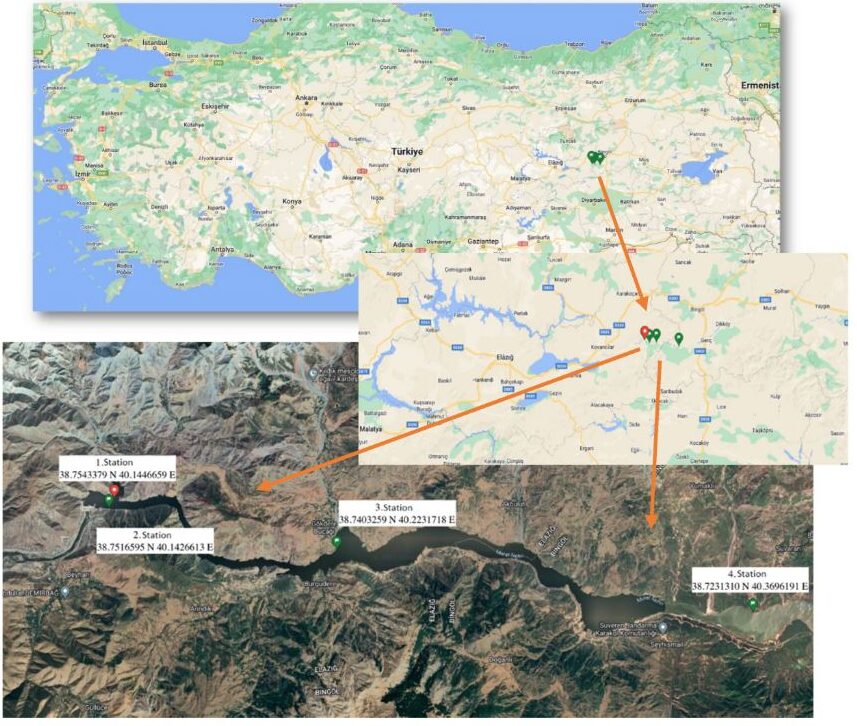
The sampling stations in Beyhan Dam Lake, utilized from Google Earth. (Credit: Atamanalp et al., 2023)
Source
- Atamanalp, M., Kokturk, M., Gündüz, F., Parlak, V., Ucar, A., Alwazeer, D., & Alak, G. (2023). The Use of Zebra Mussel (Dreissena polymorpha) as a Sentinel Species for the Microplastic Pollution of Freshwater: The Case of Beyhan Dam Lake, Turkey. Sustainability, 15(2), 1422. MDPI AG. Retrieved from http://dx.doi.org/10.3390/su15021422
- Hoellein, T.; Rovegno, C.; Uhrin, A.V.; Johnson, E.; Herring, C. Microplastics in invasive freshwater mussels (Dreissena sp.): Spatiotemporal variation and occurrence with chemical contaminants. Front. Mar. Sci. 2021, 8, 690401.
- Li, J.; Liu, H.; Chen, J.P. Microplastics in freshwater systems: A review on occurrence, environmental effects, and methods for microplastics detection. Water Res. 2018, 137, 362–374.




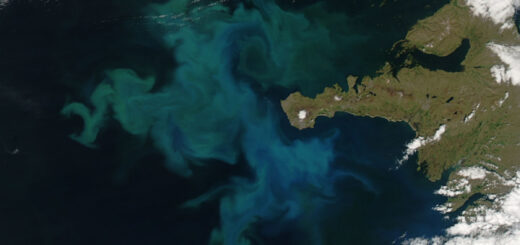
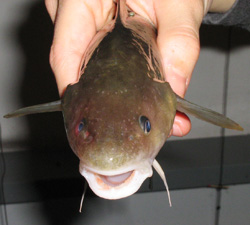
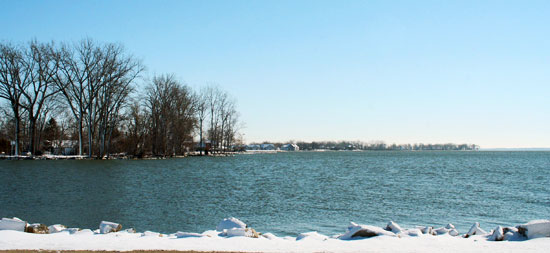
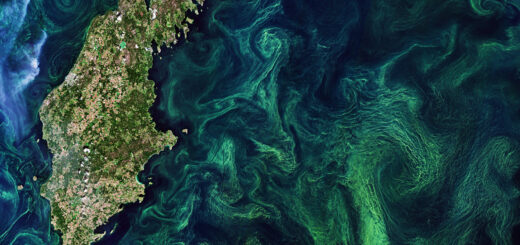






[…] focuses on how various species can be used as bioindicators of plastic pollution and as a means of filtering microplastics out of the […]